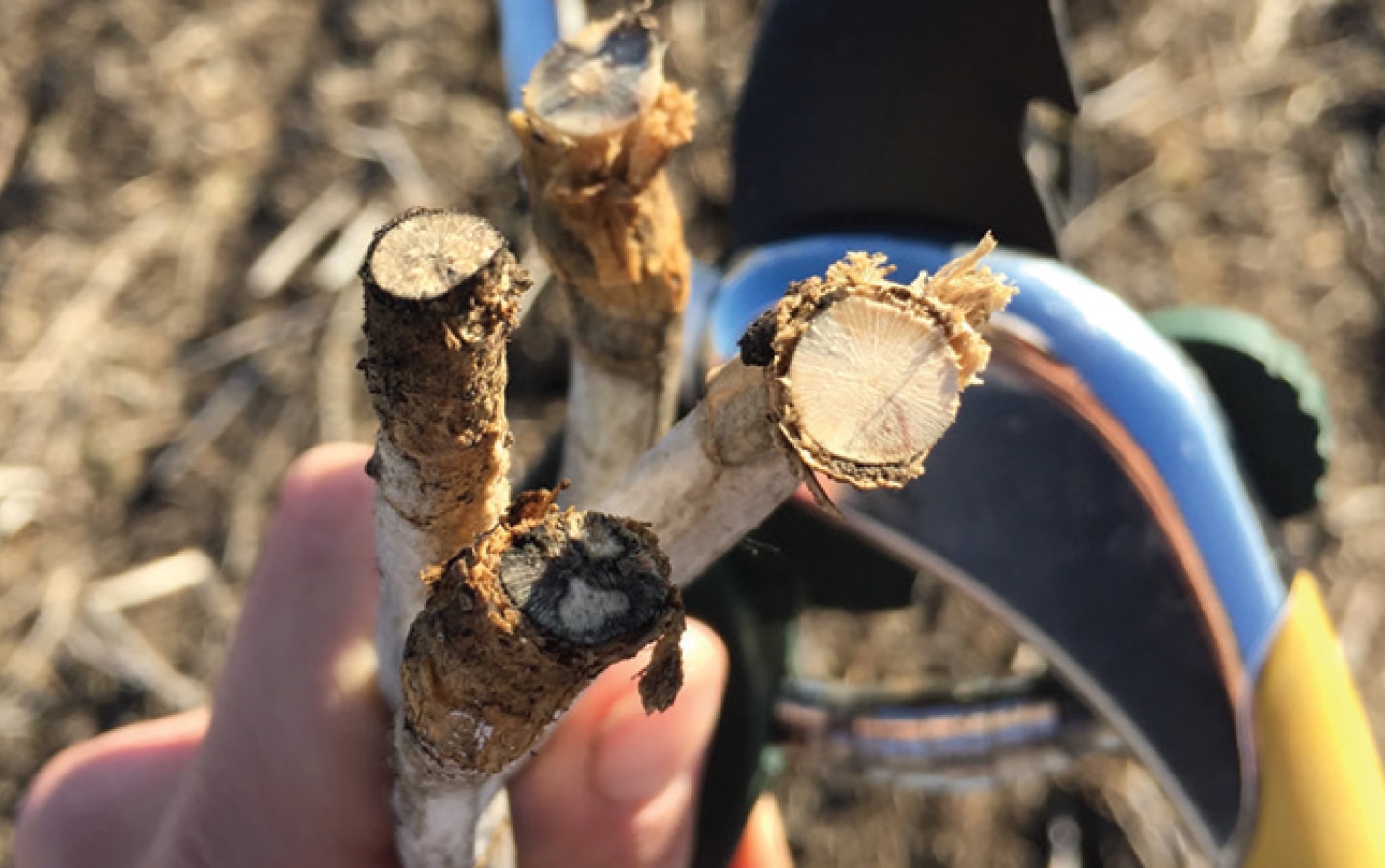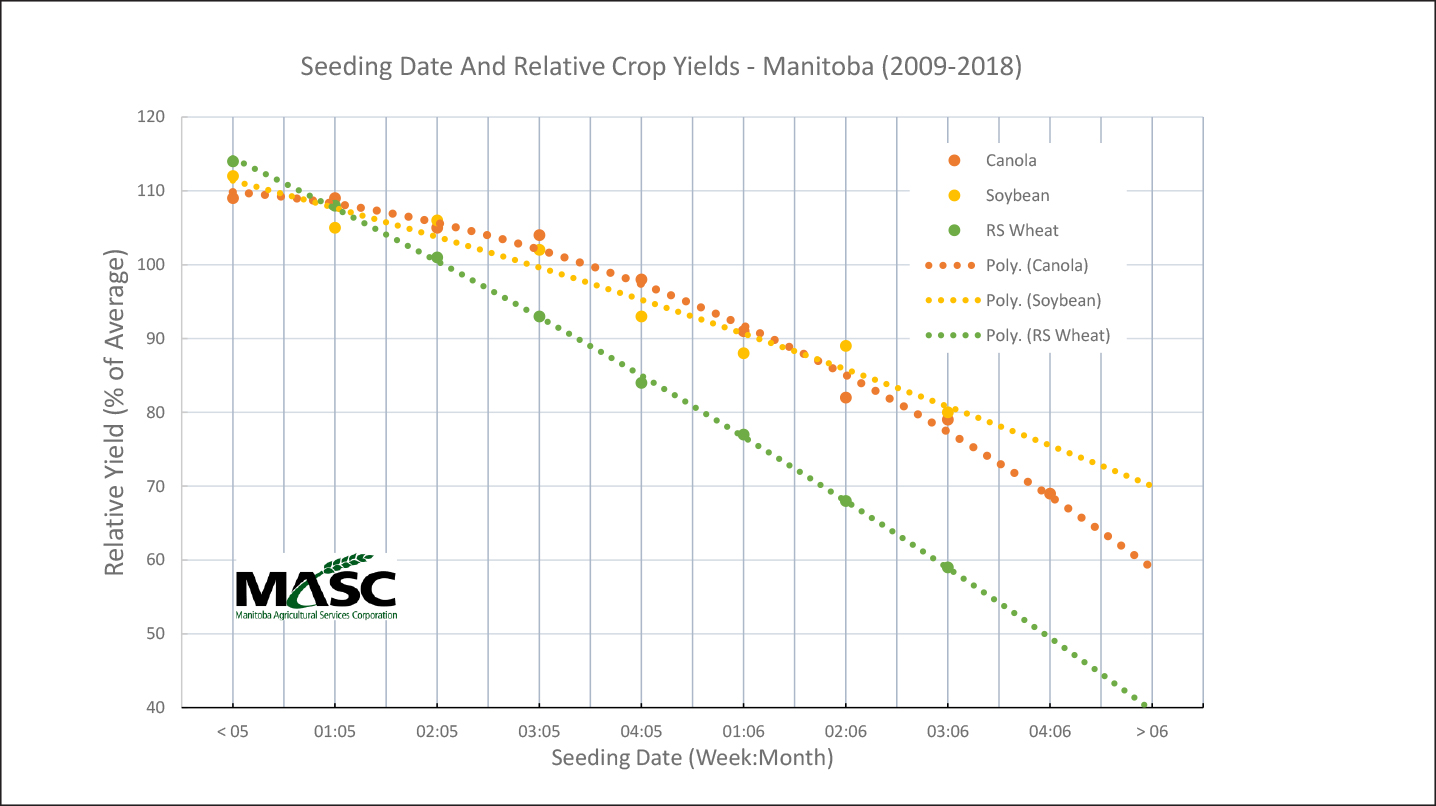Good ideas

Where do you get your ideas? How do you know an idea is good? How long does it take for you to put a good idea into practice? Our six farmers panelists answer these questions and share examples of recent new ideas they implemented.

Where do you get your ideas? How do you know an idea is good? How long does it take for you to put a good idea into practice? Our six farmers panelists answer these questions and share examples of recent new ideas they implemented.


New AAFC research results posted on the Canola Research Hub shows that quantitative (minor gene) resistance to blackleg can work to reduce disease severity even when the major resistance gene is no longer effective.

Don’t want to relive harvest 2019? Farmers can take various management steps to reduce financial and market risk no matter what storms are howling outside their bedroom window.

Provincial crop insurance providers have a lot of data and they’re sharing more of it online to help farmers with variety and cropping choices in their respective risk areas.